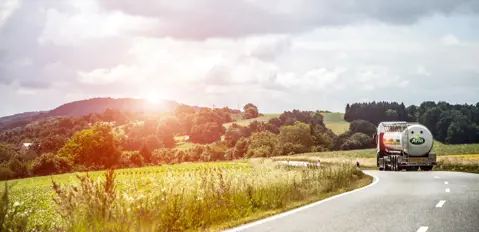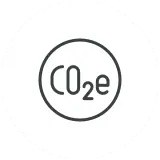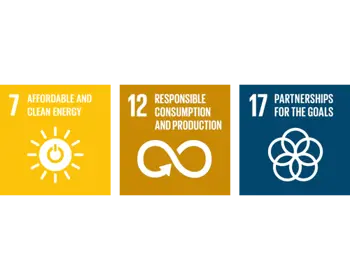As one of the world’s largest dairy producers, we believe that we can contribute to a better future for generations to come by producing nutritious dairy products while reducing our impact on the environment.
That’s why we aim to achieve Carbon Net Zero in all of our operations globally, from physical factories to trucks on the road, by 2050.





